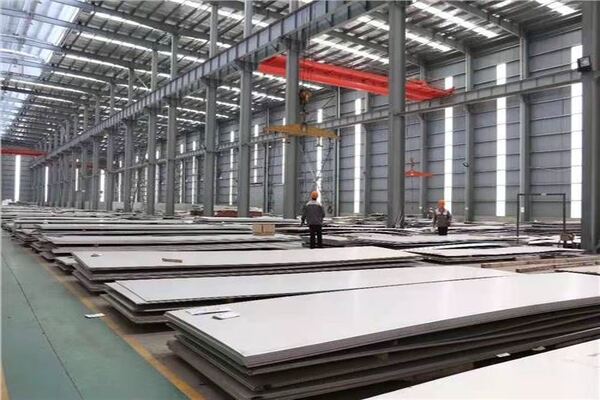Super duplex 2507 stainless steel, very similar to 31803 Duplex stainless steel. The difference between the two is that super duplex steels have higher levels of chromium and nitrogen, which in turn produce higher corrosion resistance and longer service life. Super duplex stainless steel is composed of 24% to 26% chromium, 6% to 8% nickel, 3% molybdenum and 1.2% manganese, with the balance being iron.
There are also trace amounts of carbon, phosphorus, sulfur, silicon, nitrogen and copper in super duplex stainless steels. The advantages of such materials include: good weldability and machinability, high thermal conductivity and low coefficient of thermal expansion, high corrosion resistance, fatigue resistance, resistance to pitting and crevice corrosion, high resistance to stress corrosion cracking (especially chloride stress corrosion cracking) high energy absorption, high strength and erosion. In essence, Duplex alloys have some resistance to ferritic stress corrosion cracking, and the superior formability of most common austenitic stainless steel alloys, making them more cost-effective than high-nickel alloys.
Industries that use super duplex stainless steel include: chemical, marine, oil and gas production, petrochemical, power, pulp and paper, water desalination. Products manufactured partly or wholly from duplex stainless steel include: cargo tanks, fittings, heat exchangers, hot water tanks, hydraulic piping, lifting and pulley equipment, propellers, shafts, spiral wound gaskets, storage vessels, water heaters.

The super duplex stainless steel S32760 is very similar to 32750 with a slightly different chemical composition. 32760 contains lower amounts of manganese, phosphorus, sulfur, molybdenum and nitrogen, as well as more silicon and copper. However, the chemical composition of both grades requires the same amount of carbon, chromium and nickel; making them interchangeable in some applications.
The super duplex stainless steel S32760 is able to compete strongly with the 6% molybdenum "super austenitic" grades in some applications because it contains lesser amounts of Mo and Ni, thereby increasing the base cost of the material. Although 32760 has lower levels compared to the "6% Moly" grades, it still has higher levels of Cr, Ni and Mo when other alloys are involved, elements that improve the material's intergranular and pitting resistance. The specific addition of nitrogen promotes structural hardening by an interstitial solution mechanism, increasing yield and ultimate strength values without compromising toughness. The two-phase "dual-phase" microstructure ensures higher resistance to pitting corrosion, stress corrosion cracking, corrosion fatigue, crevice corrosion and strong weldability compared to conventional stainless steels.
Industries that use super duplex 32760 include, chemical, desalination, flue gas desulfurization, marine, metallurgy, mining, oil and gas, pharmaceuticals, pollution control, power generation, and pulp and paper. Products partially or fully constructed from 32760 include: Absorber towers, cargo tanks, chemical tankers, pipelines, pollution control engineering equipment, heat exchangers, valve manifolds, piping, pressure vessels, pipes, seawater, fire water and subsea pipeline work Systems, utility and industrial scrubber systems, valves, vessels.